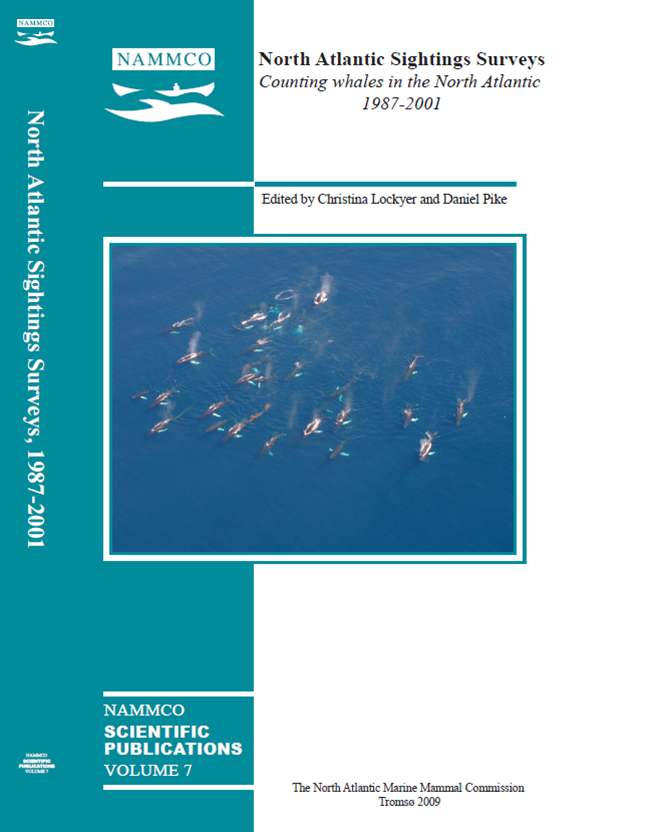The enigmatic whale: the North Atlantic humpback
DOI:
https://doi.org/10.7557/3.2712Keywords:
North Atlantic humpback whale, Megaptera novaeangliaeAbstract
We know more about the North Atlantic humpback whale (Megaptera novaeangliae) than we do for virtually any other cetacean, yet attempts to use this information to describe the status of the populations in this ocean basin have not proven satisfactory. The North Atlantic humpback has been the subject of extensive research over the past few decades, resulting in a substantial amount of knowledge about what has proven to be a species with a very complex life history and population structure. While several population models have been developed to integrate the available information, the data overall are not well described by any of the models. This has left considerable uncertainty about population status, and has raised questions about the interpretation of some of the data. We describe 7 specific areas where puzzling or ambiguous observations have been made; these require closer attention if population status is to be determined. These areas raise several fundamental questions, including: How many breeding populations are there? How much do the populations mix on the feeding grounds? How has the distribution of animals on both feeding and breeding grounds changed? We identify additional research needed to address the 7 areas and these questions in particular, so that population status might be determined.Downloads
Published
2009-09-01
How to Cite
Smith, T. D., & Pike, D. G. (2009). The enigmatic whale: the North Atlantic humpback. NAMMCO Scientific Publications, 7, 161–178. https://doi.org/10.7557/3.2712
Issue
Section
Articles





